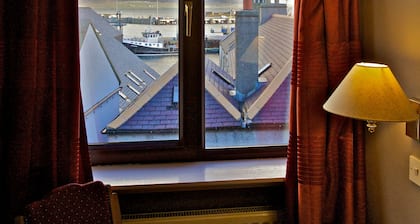Maes Howe
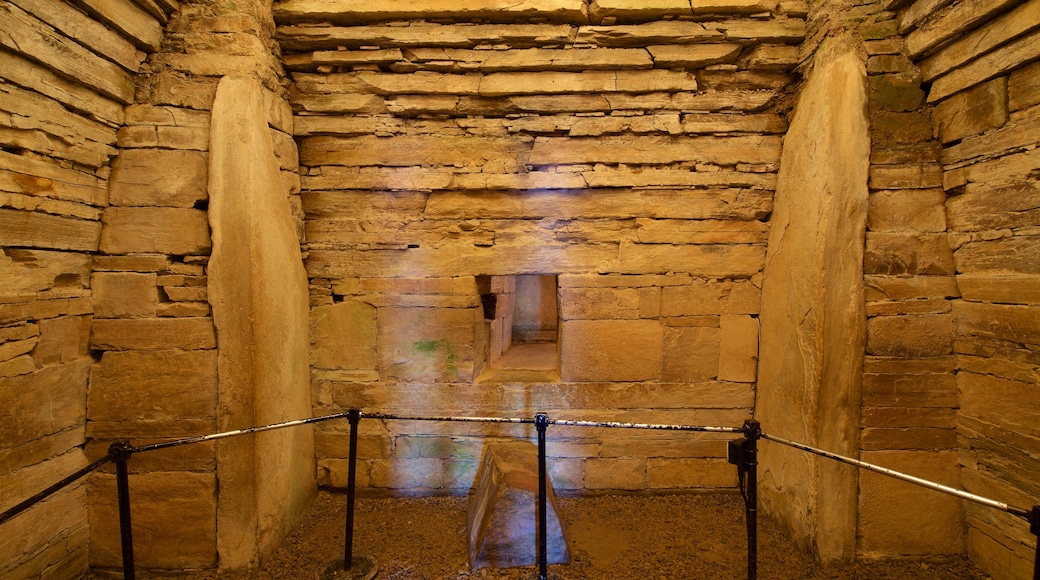


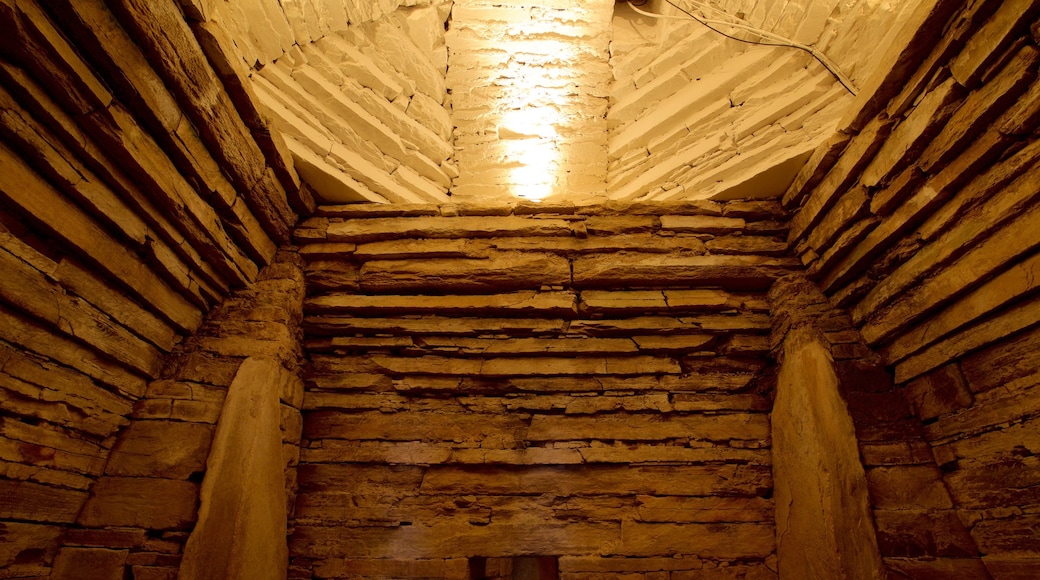
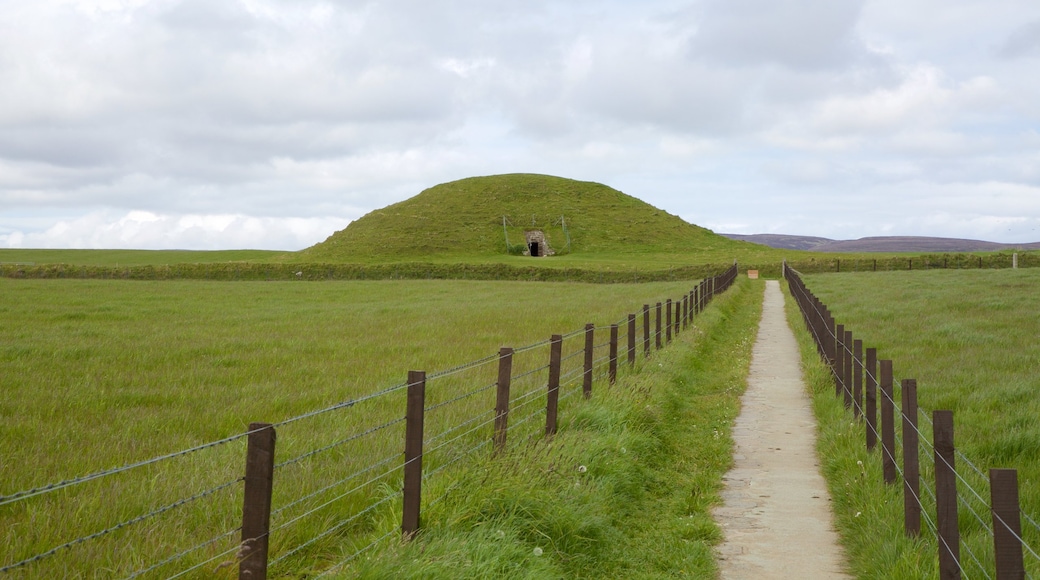
Kunjungi Maes Howe
Tempat populer untuk dikunjungi

Ring of Brogdar
Cari tahu sejarah dari Stromness saat Anda meluangkan waktu di Ring of Brogdar. Jelajahi mata air panas saat Anda berada di area ini.

Skara Brae
Anda dapat mengetahui sejarah dari Stromness dengan mengunjungi Skara Brae. Jelajahi pedesaan dan mata air panas area ini.

Teluk Skaill
Berinteraksi dengan alam dan jelajahi aktivitas outdoor di Teluk Skaill selama perjalanan Anda di Stromness. Jalan-jalan di sepanjang marina atau nikmati museum area ini.
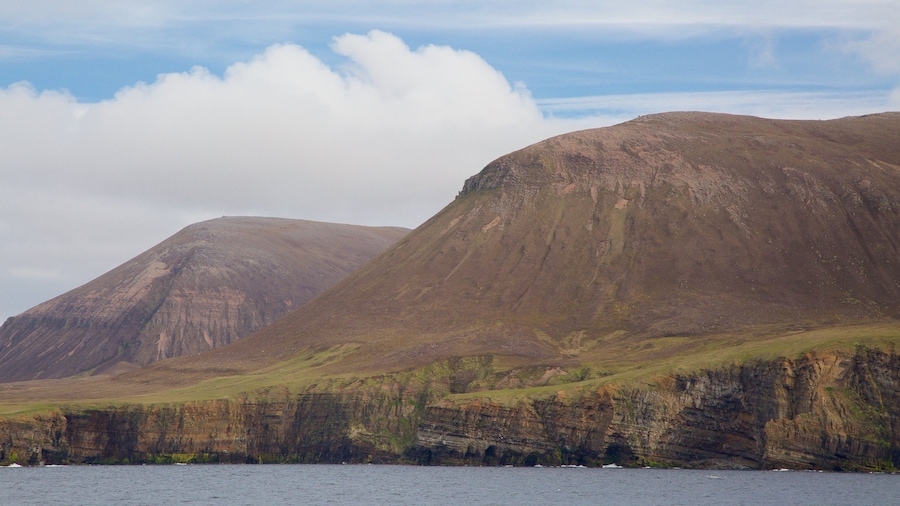
Bukit Ward
Jelajahi aktivitas outdoor menarik Bukit Ward, ruang terbuka hijau di Pulau Hoy. Jalan-jalan di sepanjang marina atau jelajahi pedesaan area ini.
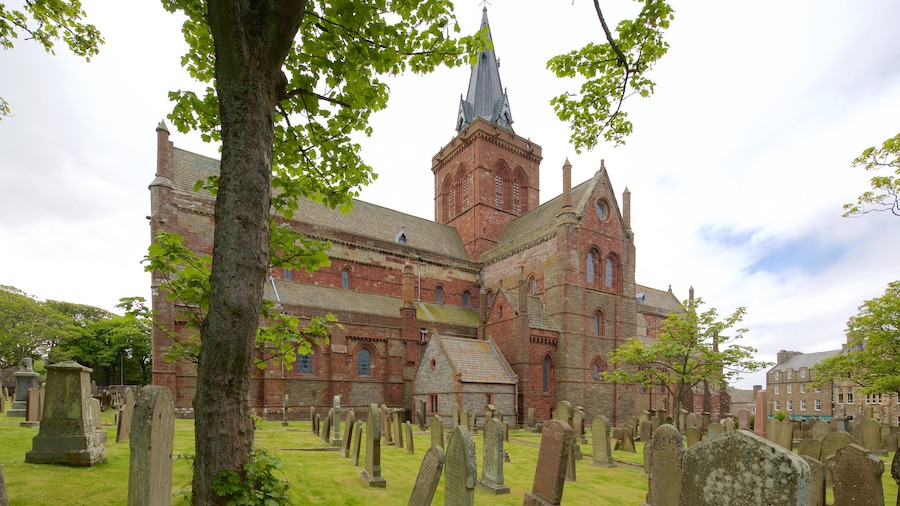
Katedral St. Magnus
Anda dapat mengetahui sejarah dari Kirkwall dengan mampir ke Katedral St. Magnus. Jelajahi museum dan katedral area ini.
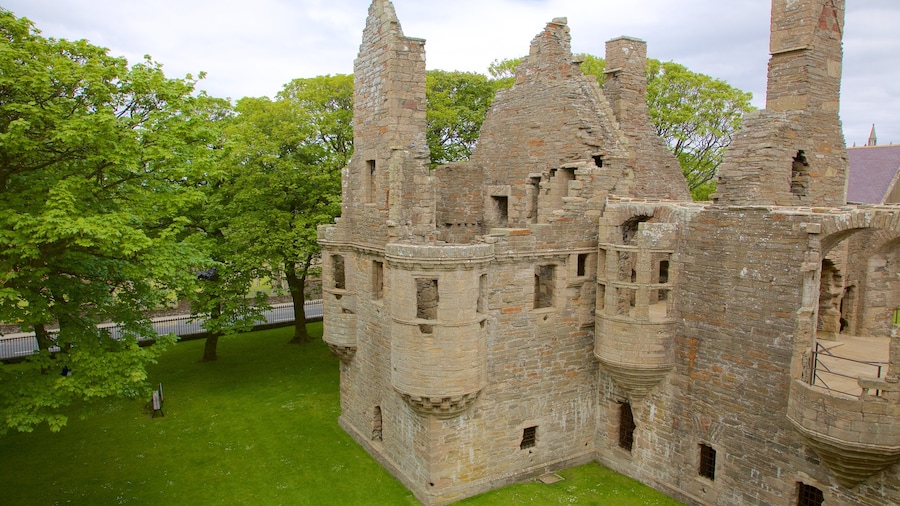
Bishop's Palace
Setelah mengunjungi Bishop's Palace, rencanakan untuk melihat pemandangan dan aktivitas lainnya di Kirkwall. Jalan-jalan di tepi laut area ini atau nikmati museum.
Opsi Penginapan Terbaik Dekat Maes Howe
Cek ketersediaan hotel di dekat Maes Howe
